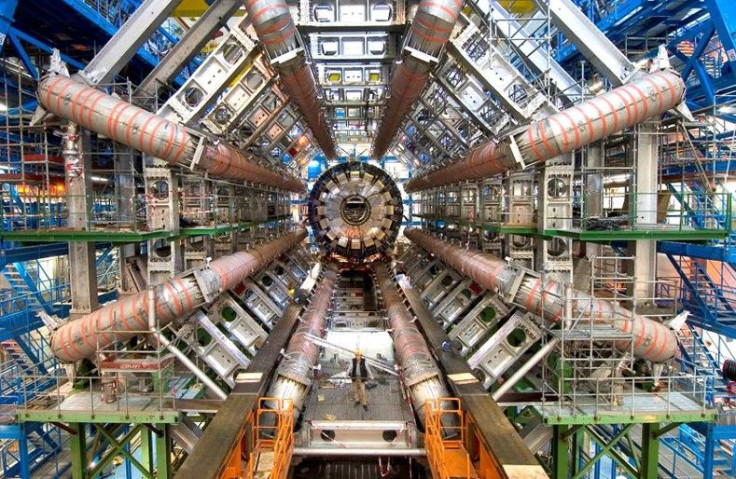God Particle: Search Window Narrowed, CERN Scientist Says [EXCLUSIVE]

The European Organization for Nuclear Research (CERN) has confirmed that scientists have come closer than ever to detecting the elusive Higgs boson or God particle that confers mass on matter.
In an exclusive interview with the IBTimes, the University of Antwerp's Pierre Van Mechelen, who has a doctorate in physics and is involved in the study of proton-proton collisions at CERN's Large Hadron Collider in Switzerland, said the existence of the Higgs boson in a large range of possible masses can be excluded. However, a small window remains where there is a chance of detecting the Higgs boson, Van Mechelen said.
Excerpts from the interview:
It has been over three years since CERN started the LHC project to discover the Higgs boson or God particle. Have you confirmed its existence?
It has been proposed as the most simple solution for a number of inconstancies in the Standard Model of particle physics. It might well be that a more complicated theory is needed. Some of us hope that we will find that the Standard Model Higgs [boson] does not exist, because this would result in a much richer physics program for the future.
How does the Higgs boson work?
The Higgs boson is an excitation of the Higgs field. You could imagine the Higgs field as the surface of a lake and the boson is a disturbance of the water -- a wave. The Higgs field permeates all space, and particles acquire mass by their interaction with the field, causing inertia and, therefore, yielding mass.
When will we know if we have found it?
The LHC will restart in April. By the end of the year, a clear signal should emerge if the Higgs exists. If it does not exist, we will be able to exclude the Standard Model Higgs [boson] with high confidence.
How do scientists search for the Higgs boson? How do you collect the data?
The Higgs boson can both be produced and decay in a number of different ways. The most common way to produce a Higgs is via the fusion of two gluons, which are constituents of the proton. The strongest decay mode depends on the mass of the Higgs particle.
A light Higgs will primarily decay to a pair of bottom quarks, but this is very difficult to distinguish from background processes yielding a similar signature. We look at the much more rare decay mode to a pair of photons. If the Higgs would be heavy, it would mostly decay to a pair of W bosons, with a very characteristic signature. That being said, the production rate of Higgs particles is very small. This is the reason why we have to study billions of proton collisions, and current results are obtained after a thorough statistical analysis of the data.
Why is it called the God particle?
This name was introduced by Leon Lederman, winner of the Nobel Prize in Physics, who published a book with this name. I don't like it because it introduces many connotations that have nothing to do with physics. The Higgs particle has nothing to do with religion. I don't know any physicist that uses the name God particle.
What else is the LHC looking for?
There are many theories that predict new particles and interactions, like supersymmetry, extra dimensions, fourth generations of quarks and leptons, etc. Personally, I find the theories with implications on cosmology most interesting. It is fascinating that science at the opposite extremes of length scales is so closely linked.
© Copyright IBTimes 2024. All rights reserved.





















